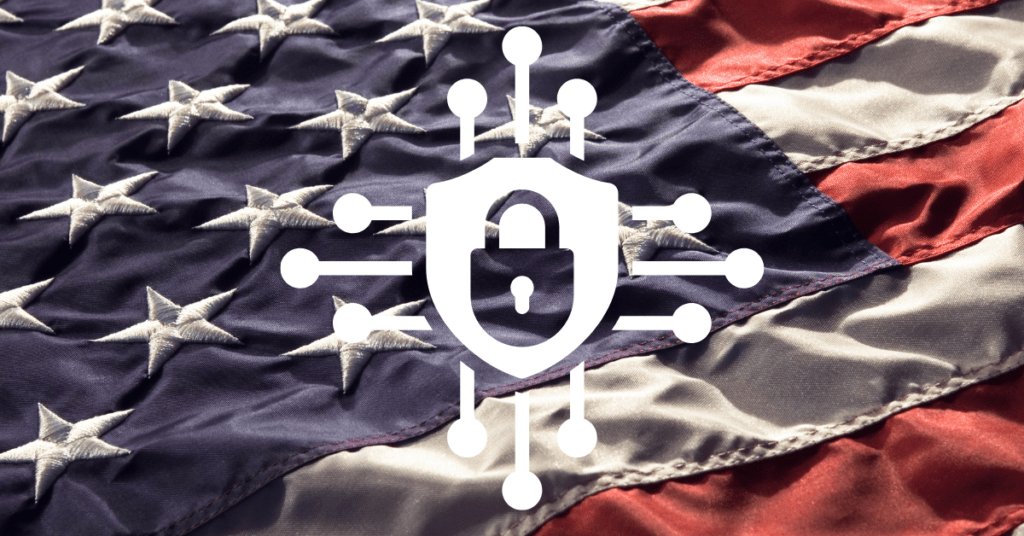What is Encrypted Data Processing?
For government agencies handling sensitive data, security often means compromise. Agencies regularly face tough choices between protecting information and using it effectively. But what if it was possible to work with classified data while it stays encrypted? This is where a new kind of encrypted data processing (also known as next-generation homomorphic encryption) comes in, offering a revolutionary approach to secure data operations.
What This Means for Your Agency’s Mission
Imagine your analysts working with highly sensitive intelligence data without ever decrypting it. Picture processing classified satellite imagery while it remains fully protected. These scenarios are possible today with encrypted data processing.
Think of it like wearing protective gloves while handling hazardous materials. The gloves (encryption) never come off, but you can still do all your work. That’s how encrypted data processing lets your teams process sensitive data.
Real-World Impact Scenarios for Encrypted Data Processing
Scenario 1: Multi-Agency Intelligence Sharing
Your intelligence analysts need to cross-reference data with other agencies, but sharing raw classified data isn’t an option. With encrypted data processing, analysts can:
- Run complex queries across multiple classified databases
- Get meaningful results without exposing the underlying data
- Maintain complete audit trails of all data access
- Keep all information encrypted during the entire process
Scenario 2: Secure Military Healthcare
Military healthcare providers need to analyze patient data while meeting HIPAA requirements and military security standards. Encrypted data processing enables:
- Processing of soldier health records while they stay encrypted
- Secure sharing of medical data between field hospitals and stateside facilities
- Running AI analysis on health data without exposure
- Maintaining privacy while identifying health trends across units
Scenario 3: Supply Chain Security
Defense contractors handle sensitive information about military equipment and supplies. Using encrypted data processing, they can:
- Process classified specifications without direct access to the data
- Share production updates without revealing sensitive details
- Track shipments while keeping locations secure
- Monitor supply chain patterns while protecting specific details
Mission Benefits of Encrypted Data Processing
- Zero-Exposure Analytics
- Run complex analysis on classified data
- Get actionable insights without decryption
- Maintain continuous data protection
- Improved Information Sharing
- Share data safely between agencies
- Enable cross-agency collaboration
- Keep sensitive information protected
- Enhanced Mission Readiness
- Process time-sensitive data faster
- Reduce delays from security procedures
- Make decisions with better information
- Stronger Security Posture
- Eliminate decrypt/re-encrypt cycles
- Reduce attack surface
- Maintain constant data protection
Forward-Looking Impact
As government agencies confront evolving cyber threats and expanding data sharing needs, this software-based homomorphic encryption should be a cornerstone for next-generation security operations. This technology will fundamentally reshape how agencies approach their missions across multiple domains.
Taking Action
Your agency can start exploring encrypted data processing through these steps:
- Identify high-value data processes that need both security and accessibility
- Run pilot programs on non-critical systems
- Build expertise through training and hands-on testing
The technology is proven but now is starting to be within reach of more agencies due to newer more efficient encryption engines that require less resources and therefore less expense to run. Leading government agencies are already using homomorphic encryption to protect America’s most sensitive data while ensuring it remains useful for their mission. Now it is time to bring that level of security into more agencies.
More Resources:
Data Encryption: Understanding the Often Unseen Vulnerability You Must Avoid
Fortifying Zero Trust Security Strategies with Donoma OneVault


